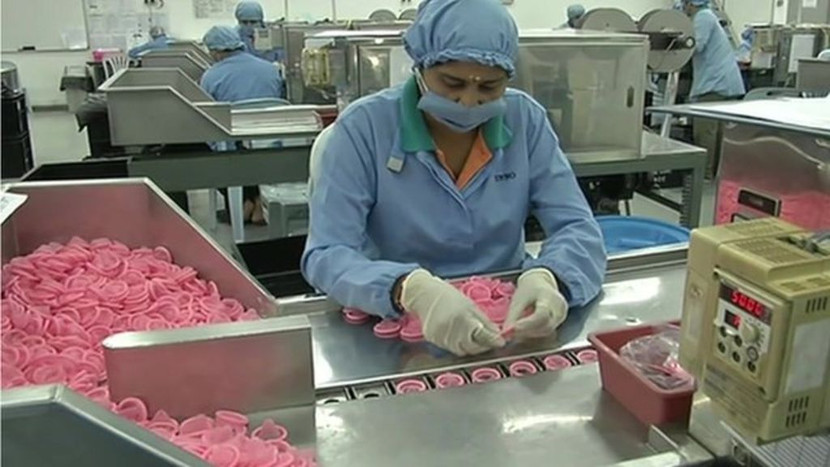The focus on how long it can take the pharmaceutical industry and associated manufacturers to get a product to market has been in sharp relief of late. Everyone is hanking after a vaccine for Covid-19 as only that will really get the world back to normal after this global pandemic. But, as scientists point out, most vaccines are around ten years in the making and so to bring something safe, usable and fully tested to the public in under 12 months, is a very tall order. The same is true of condom design – remember, this is also a type of PPE – Personal Protective Equipment.
Take the example of the hydrogel condom which is being produced by the Australian Institute for Innovative Materials. This idea was prompted by the funding project announced by the Bill & Melinda Gates Foundation initiative which was positioned on increasing condom use in the developing world. A sharp-eyed scientist wondered whether the tissue products they were developing for use in the human body would be relevant to condom manufacture as an alternative to latex. So their premise was to develop a condom that would feel better than traditional latex and increase its uptake, particularly in the developing nations. Our of 1,700 applications, the team were able to secure one of twenty available grants to develop their idea.
But, like any medical product including vaccines, there are an absolute plethora of rules and regulations and standards and testing which have to be gone through before a product can be sold to the public and condoms are no different. These new condoms not only have to satisfy the Therapeutic Goods Administration regulations in Australia, their country of origin but also the prescribed and different standards for all the different global agencies – no mean feat – and not a quick process either. Focus always has to be on meeting international regulatory guidelines from the off but with often no guarantee until quite late on the process that there is any certainty of compliance or acceptance. It’s a long and winding road. Failure to satisfy compliance spells disaster for any product.
Enter the regulatory science specialist, someone who does nothing but use their science to ensure that whatever product is at hand, it complies with all the international protocols and standards. And even after a product is approved for sale, the regulations continue. Products have to be continuously tested to ensure they are fit for purpose even once they are on sale in high street stores and online.
So, back to the story. The Australian Institute for Innovative Materials put together a multi-disciplinary team with a huge range of knowledge and skills in biology, materials engineering, industrial design and social health and set about the task of getting this idea ready to sell. In some ways, not being condom specialists or manufacturers, they brought fresh eyes to the whole process. Some of the things they got up to included:-
- Teaming up with researchers from Swinburne University to perform neuro testing to see which materials had a positive brain response when touched – they were looking for a better response than that to the traditional latex
- They undertook mechanical tests to find out the material’s stretch and strength
- Bio-testing to see if they could prevent models of STIs
What the team did discover from a more macro perspective was that there is perhaps a need for a better balance between innovation and regulation. Regulations are crucial for the safety of any product but perhaps there would be more interest in innovation in the condom market if there was more knowledge about how to manage that from a regulatory standpoint.
Could the amount and complexity of the regulations just be putting off the good ideas people? There is a huge financial cost to shake up what could be called disruptive concepts in terms of regulation and compliance. This particular project was fortunate to have financial backing from the Gates Foundation but for others looking for private investment, the length of the process and the uncertainty can just be too much of a dealbreaker. Isn’t it time to consider better access or some sort of initial fast track programme for new products in the pharmaceutical sector and not just condoms? We are still all waiting for the hydrogel condom.



